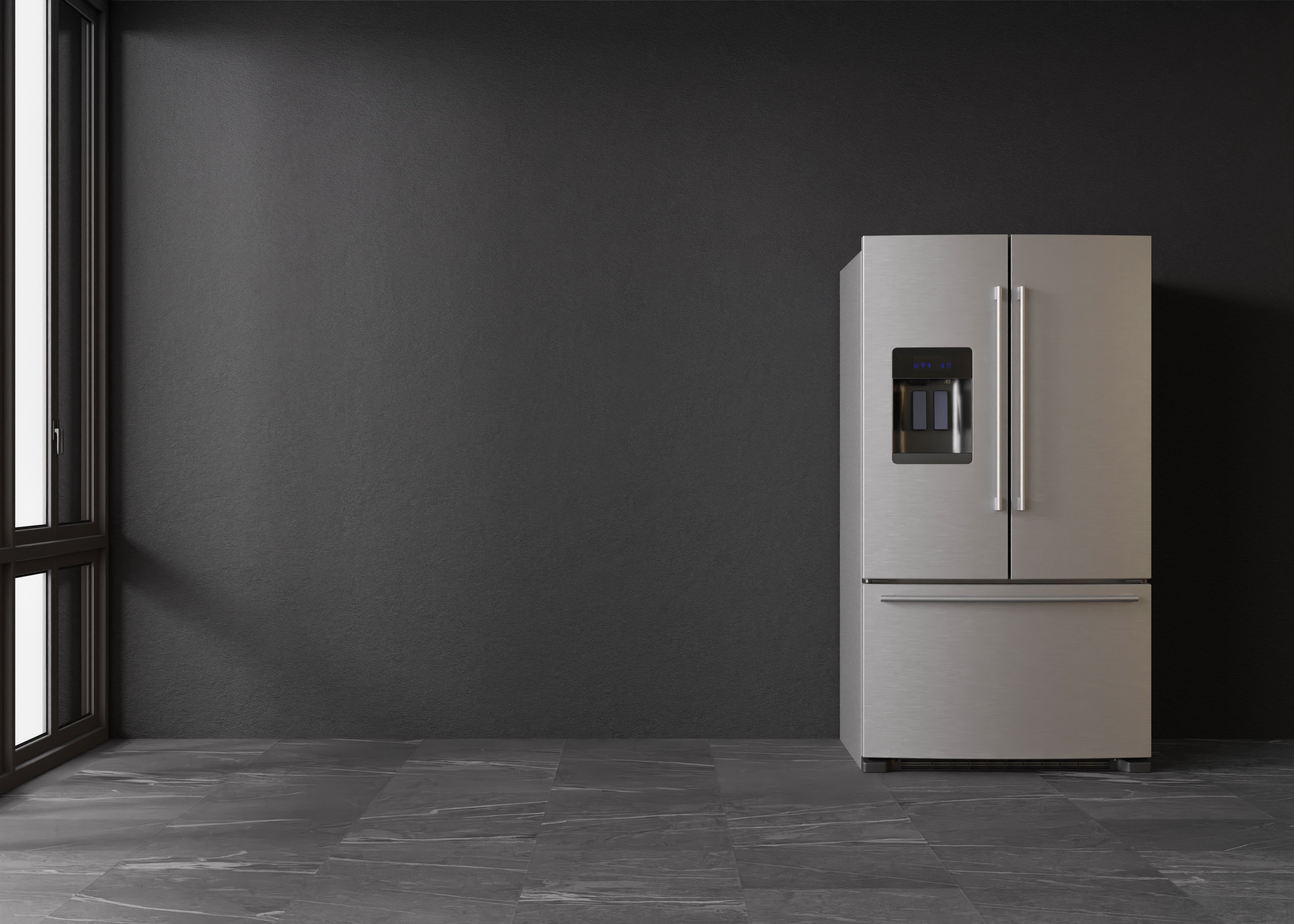10 Meetups About Fridge UK You Should Attend
The Comprehensive Guide to Refrigerators in the UK
Refrigerators are an important appliance in every household, serving a vital function in food conservation and safety. The UK market provides a varied series of fridge types, sizes, features, and brands. This short article aims to offer a thorough understanding of refrigerators offered in the UK, including their features, energy effectiveness, and elements to think about when purchasing.
Kinds Of Refrigerators Available in the UK
When looking for a refrigerator, it is important to comprehend the different types readily available. Each type comes with its own set of functions and functions, accommodating different needs and preferences. The most common kinds of refrigerators found in the UK include:
1. Top Freezer Refrigerators
- Description: The conventional style, including the freezer compartment on top.
- Pros: More inexpensive, spacious, simple access to fresh food.
- Cons: Limited freezer area, the top might be less practical for bulk products.
2. Bottom Freezer Refrigerators
- Description: Freezer lies at the bottom, enabling simpler access to fresh food.
- Pros: Greater benefit, much better presence of fresh products.
- Cons: Usually more expensive, some may fight with big frozen items.
3. Side-by-Side Refrigerators
- Description: Features two vertical compartments, one for the fridge and one for the freezer.
- Pros: Ample storage area, simple to gain access to both frozen and fresh foods.
- Cons: Wider footprint, they may not fit in smaller kitchens.
4. French Door Refrigerators
- Description: Combines features of bottom freezers and side-by-sides, with 2 doors for the fridge on top.
- Pros: Stylish design, large, and typically includes sophisticated features.
- Cons: Higher cost point, lines up inadequately with smaller cooking area designs.
5. Compact Refrigerators
- Description: Smaller models designed for restricted spaces.
- Pros: Ideal for little houses or workplaces, energy-efficient.
- Cons: Limited storage capability, may lack functions.
6. Integrated Refrigerators
- Description: Designed to blend effortlessly with cooking area cabinetry.
- Pros: Custom fit, visual appeal, increases home value.
- Cons: Higher cost, might use less versatility in positioning.
7. Smart Refrigerators
- Description: Equipped with Wi-Fi and smart innovation functions.
- Pros: Advanced includes like touch screens and internal electronic cameras.
- Cons: Expensive, more complex to fix.
Refrigerator Type
Accessibility
Average Price Range
Energy Efficiency
Top Freezer
Moderate
₤ 300 – ₤ 600
Typical
Bottom Freezer
High
₤ 400 – ₤ 800
Above Average
Side-by-Side
Easy
₤ 800 – ₤ 1500
Differs
French Door
High
₤ 800 – ₤ 2000
High
Compact
Minimal
₤ 200 – ₤ 500
Average
Integrated
Custom
₤ 1000 – ₤ 2500
High
Smart
Variable
₤ 1200+
High
Secret Features to Consider
- Energy Efficiency: Look for models that are energy-efficient. In the UK, home appliances are ranked from A (most effective) to G (least efficient). An A+ rating and above can lead to substantial energy savings.
- Capacity: Choose a fridge with enough capability for your home. A basic guideline is 100-200 liters per individual.
- Noise Level: Consider models that operate silently, especially if the kitchen is near living spaces.
- Cooling Technology: Features like frost-free innovation are worth the investment, as they minimize upkeep.
- Adjustable Shelves: Having adjustable shelves enhances the flexibility to save larger items.
- Temperature level Control: Check for user friendly temperature level controls and zones for different kinds of food.
- Design: Choose the style and color that matches your kitchen aesthetic, whether you choose a modern-day stainless-steel look or a timeless retro surface.
Buying Tips
- Identify Your Needs: Consider your cooking practices, family size, and kitchen area area.
- Set a Budget: Refrigerators come in different rate varieties. Develop American Fridge Sale spending plan before you start shopping.
- Research Study Energy Ratings: Invest in energy-efficient models to minimize utility bills.
- Read Reviews: User experiences can provide insights into reliability and efficiency.
- Compare Brands: Some brands are known for their sturdiness while others might offer more ingenious features.
Often Asked Questions (FAQs)
1. How long do fridges normally last?
- Fridges normally last in between 10 to 20 years, depending upon the brand name and how well they are maintained.
2. Exist any maintenance pointers for extending the life of a refrigerator?
- Routinely clean the coils, check the door seals, and occasionally defrost if necessary to maintain optimum performance.
3. What is the very best size refrigerator for a household of four?
- For a family of four, a refrigerator with a capability of around 400-600 liters is generally enough.
4. Do I need to worry about energy intake when buying a refrigerator?
- Yes, energy intake is essential. Look for systems with high energy efficiency ratings to lower month-to-month expenses.
5. Should I choose a fridge with a water and ice dispenser?
- This feature can be practical, particularly for families. Nevertheless, it might require more maintenance than basic models.
Acquiring a refrigerator is a significant choice for any household in the UK. With numerous types available, each with its distinct features and advantages, it is important to assess individual needs before choosing. By thinking about elements such as energy performance, capability, and design looks, customers can select a fridge that aligns well with their way of life, eventually boosting their cooking area experience while protecting food quality and freshness.
